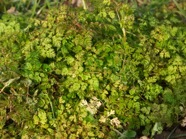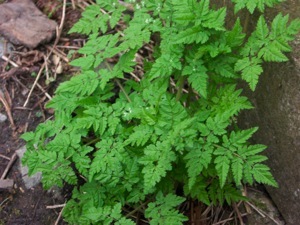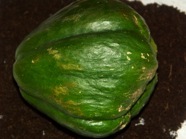
Ce-Ch
CELLERY/CELERIAC
If you have a wet and heavy soil, you won’t have any problem growing cellery (apium graveolens) or celeriac (apium graveolens rapaceum).
The celeriac is grown for the big root and is used a lot over here, added to mashed potatoes, soups,...It’s a bit easier to grow compared to cellery, the roots can become enormously big, up to 2 kgs or more.
Cellery is a bit more fussy, it’s growing well in acid soils which are fed with compost and remain on the wet side. The stems are added to soups or other dishes, and sometimes they are blanched (but I never did find blanched stems taste any different than non-blanched stems...
There are some cultivars, including red- and white-stemmed varieties.

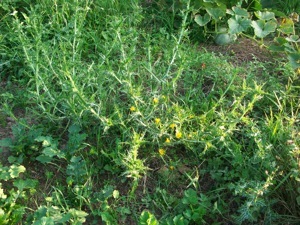
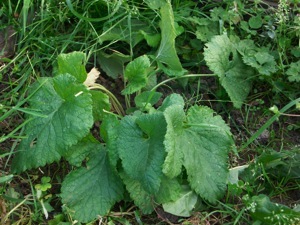
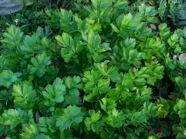
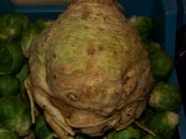
CELTUCE
How about this... a salad relative (Lactuca sativa angustana) that’s not grown for it’s leaves, but for the stems... And these (peeled) stems do taste good, I use them especially in oven dishes, as some sort of alternative for asparagus (although taste is not really the same).
This is a very popular vegetable in China, where lots of varieties exist. It’s just as easy to grow as ordinary salad, not fussy about the soil, and a fine summer or autumn vegetable...
Now, where did I place the picture of the stems...?
The leaves can be eaten as well, added to salads, off course, but I do prefer to grow them for the stems.
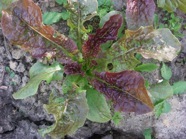
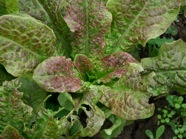
CHAYOTE
As a member of the cucurbitaceae family, chayote (sechium edulis) is quite demanding in warmth and nutritients. I must say I never had good luck growing it out, but it can be done in Belgium (and therefore West-Europe) ...However it needs greenhouse conditions over here.
Chayote can become very big, vines up to 6-8 metres aren’t exceptional , in some middle-American countries (and in some mediterrean countries as well) the plants are grown on big trellises and are perennial (when kept frost-free). If you have the right climate, crops can be extremely high.
Chayotes have a nice nutty-sweetish pumpkin taste, and are usually prepared as a whole, in the oven...

CHICKPEA
I just love chickpeas, but they’re hard to grow outside over here.
The problem with them is not the forming of the peas, but the ripening off, they always rot inside their pod because of our grey and rainy climate. Again, there are lots of varieties, some are more demanding in warmth than others, but I always had some pods forming, from every variety I tried. The ‘kala chana’ variety seems to be one that’s easier to grow (and especially to ripen off!). The small, unripe peas can be eaten as well, but you will have to have a bit of patience to get a decent harvest, they can be quite small.
There are some ‘popping’ chickpeas, which can be fried in a pan, they pop up and they taste great (unfortunately this is a hard one to grow over here).
Chickpea flower is used sometimes, especially in oriental cuisine, the flower is mainly used for making things like chapati or pappadum, it can be ground very fine, which is ideal for the making of these ‘breads’.

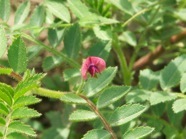
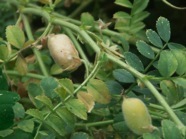
CHERVIL
Lots of people use this as some sort of herb, but I use it in some other, more extensive ways, like mixing it up in sauces, combined with cheese, salad mixes. Chervil (Anthriscus cerefolium) is one of the easiest vegetables around, it can be sown for spring, summer, autumn and winter use, and is very hardy during cold spells, I seldom lose leaves or even plants in winter. The taste is a bit anise-like, mixed up with parsley and all other tastes. One of my winter favourites!
